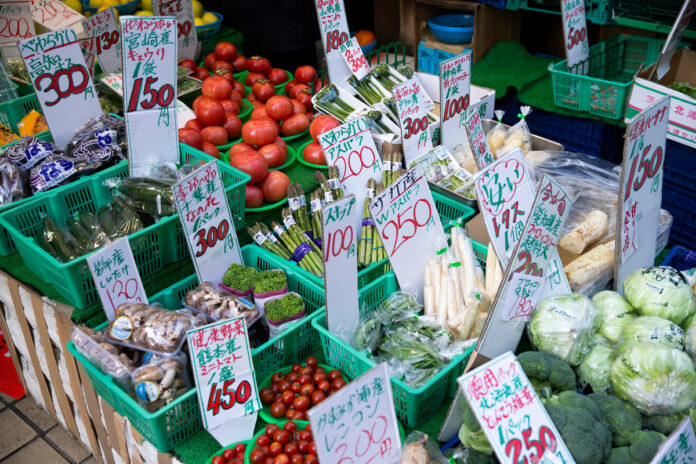Japan’s capital Tokyo saw inflation dip below 2% in October for the first time since May, indicating a slowdown in consumer price growth. Data from the Ministry of Internal Affairs and Communications revealed core inflation, excluding fresh food, at 1.8%, down from 2% in September. The broader inflation rate also dropped to 1.8%, signaling possible challenges for the Bank of Japan (BOJ), which meets on October 31 to review its monetary policy amid mixed economic signals.
The BOJ, under Governor Kazuo Ueda, has been facing criticism for communication issues around recent policy adjustments, particularly following a rate increase in July. While another hike is unlikely this month, analysts expect BOJ policy rates to reach 1% by the end of 2024.
Services inflation, an area closely watched by the BOJ for signs of sustained demand-driven price pressure, grew at a slower pace of 1.1% in October, following an increase of 1.2% in September. This slower growth could complicate the BOJ’s goal of stable inflation around its 2% target. Economists suggest that businesses remain cautious about raising service prices due to uncertain consumer demand.
In addition, Tokyo rice prices surged by a record 62.3% year-on-year, driven by labor and supply costs, contributing to rising food prices. This jump, alongside elevated prices for items like chocolate, coffee, and imported beef, reflects an ongoing inflationary strain on households. With the yen’s depreciation raising import costs, Japan’s reliance on imports for food and energy remains a challenge, especially with stagnant wage growth failing to keep up with price increases.
Analysts believe Tokyo’s inflation numbers serve as a bellwether for national trends and will play a key role in the BOJ’s policy decisions.
























